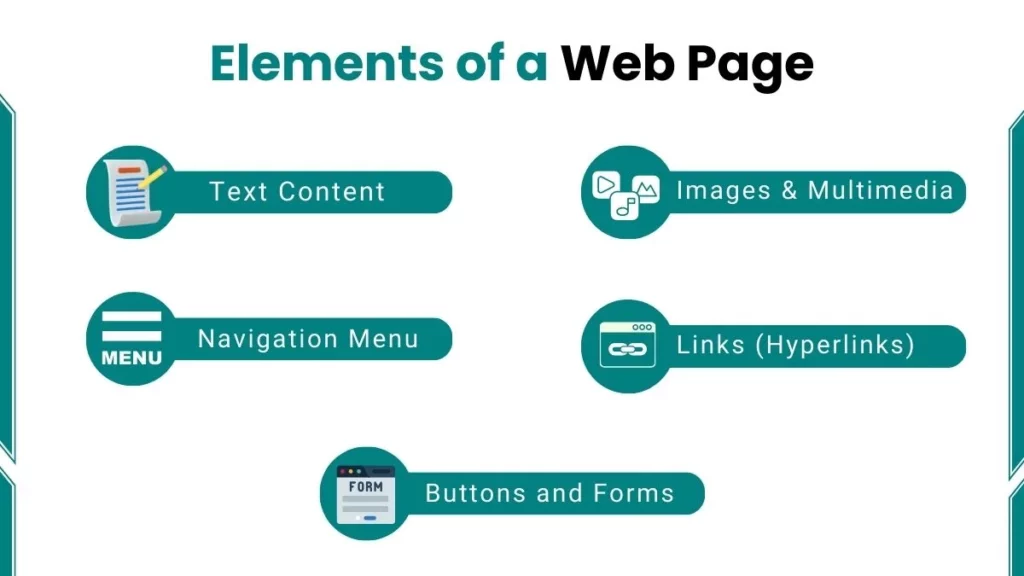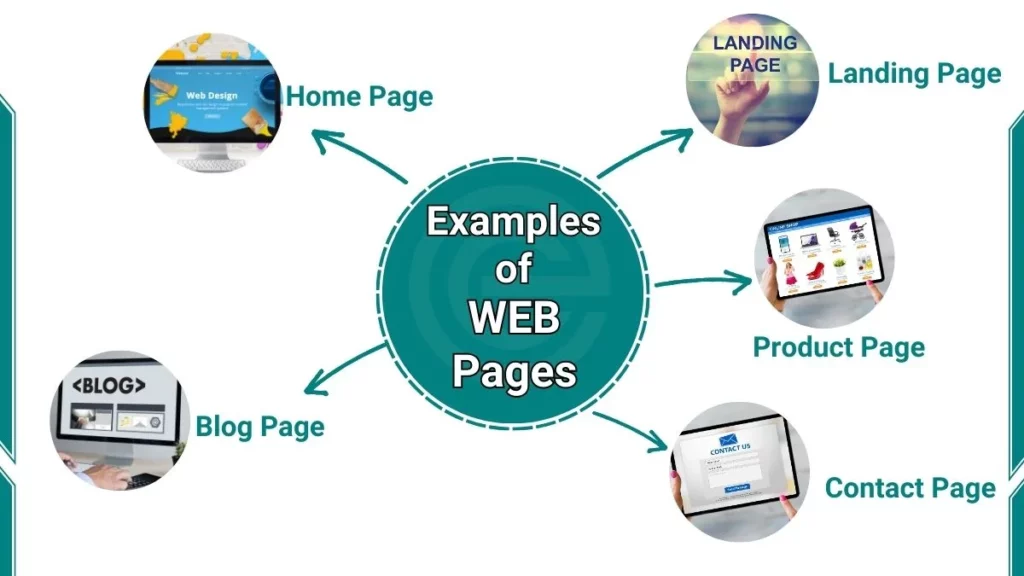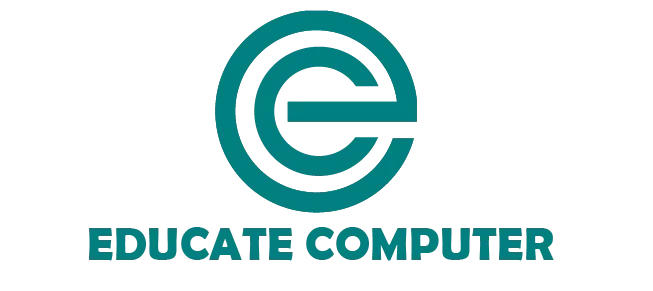A web page is a single document on the Internet. It is like a page in a book, but it is online. Web pages make up the content of websites.
Definition of a Web Page
A web page is a digital document available online. It is commonly written in HTML ( Hypertext Markup Language) and contains text, images, videos, and links. These pages are accessible through a web browser, like Chrome or Firefox. Each page usually focuses on a specific topic. For example, an article on a website is a web page.
Purpose
Web pages can serve many purposes. Some pages provide information, such as news articles or blog posts. Others offer services, like e-commerce websites where people can shop online. Each web page exists to give people the information or services they need.
Types of Web Pages
Here are some common types of web pages and their uses:
1. Static Web Pages
Static pages are simple and do not change often. The content on these pages is fixed, and users see the same information every time. Common examples are About Us pages, where businesses or individuals provide information that rarely changes.
2. Dynamic Web Pages
Dynamic pages change based on user interactions or new data. For example, social media pages are dynamic because they show updated posts, likes, and comments each time you refresh them. Dynamic web pages are more interactive, like online shopping sites that update as you browse.
3. Interactive Web Pages
As its name shows, it is interactive. This page lets users interact often by submitting forms, commenting, or customizing their experience. Examples include online calculators, search engines, and gaming sites.
Elements of a Web Page
Each part of a web page serves a specific function, but together. They create an engaging experience for users. Here are some key elements:

- Text Content: The primary way most web pages share information is through text. Pages include headings, paragraphs, lists, and descriptions to convey ideas and information.
- Images and Multimedia: Images, videos, and infographics make the page more engaging. They can explain ideas that are hard to describe with words alone.
- Links (Hyperlinks): Links connect one web page to another. These could be internal links (within the same website) or external links (to other websites). Links help users navigate the internet, explore related topics, or find sources.
- Buttons and Forms: Buttons and forms let users interact with the page. A Submit button on a form. For example, lets users send messages, complete surveys, or make purchases.
- Navigation Menu: This menu provides easy access to important pages on the site. Users can find the main sections without returning to the homepage.
Components of a Web Page
The following are the basic components of web pages:
- Header: The header is at the top of the page. It usually includes the website’s logo, the main navigation links, and sometimes a search bar.
- Body Content: The body is the main part of the web page. It contains most of the text, images, and videos. For example, in an article, the body would include the written content and any photos.
- Footer: The footer is at the bottom of the page. It often has contact information, links to privacy policies, and copyright notices.
- Sidebar (Optional): Some web pages have a sidebar. It is usually on the left or right side. Sidebars can include extra information, links, or ads.
Examples of Web Pages
The following are the common web pages examples:

- Homepage: This is the first page you see when you visit a website. It provides an overview and links to other pages on the site.
- Landing Page: These are often single-purpose pages. It is designed to guide users to take action, such as signing up for a newsletter or making a purchase.
- Blog Page: Websites that share articles, news, or updates often have a blog page. This is common in educational websites, where articles are posted regularly.
- Product or Service Page: These pages are found on e-commerce sites. These pages display information about items for sale, including descriptions, prices, and images.
- Contact Page: A page where users can find contact information, often with a form to send messages directly.
Also Read: Difference Between Web page and Website
Why Web Pages Are Important
Web pages are a fundamental part of modern life. Here’s why they matter:
- Education: Students use web pages to research, access online classes, and find study resources.
- Communication: Web pages connect people through social media, news, blogs, and messaging.
- Entertainment: Streaming sites, gaming sites, and news pages provide endless entertainment.
- E-commerce: Online shopping has become common, and web pages make it easy to browse, buy, and review products.
